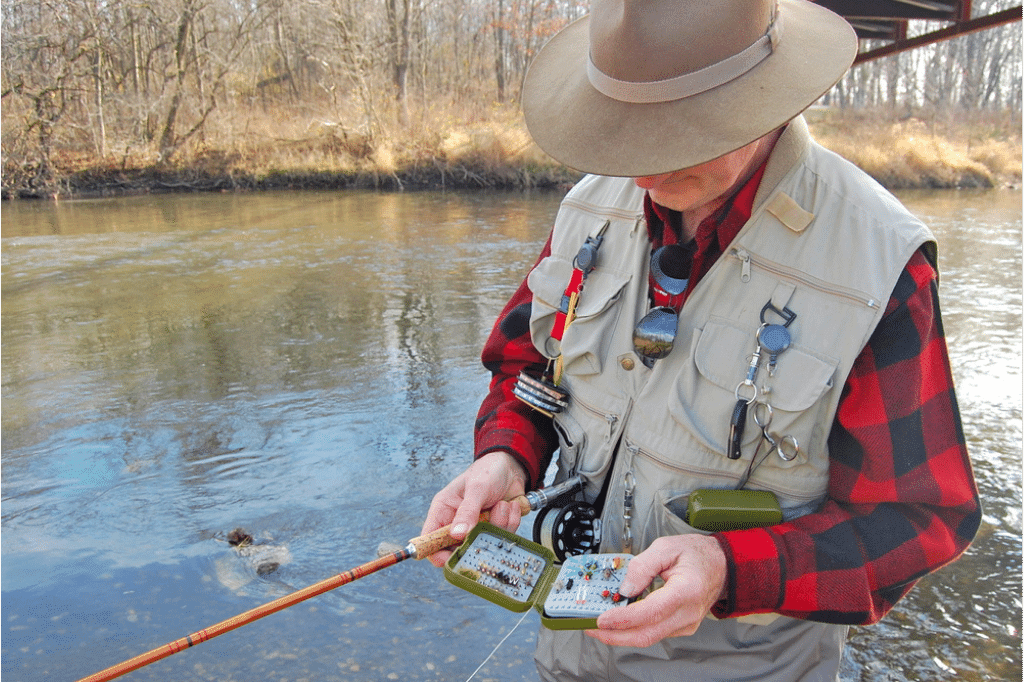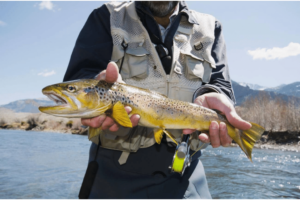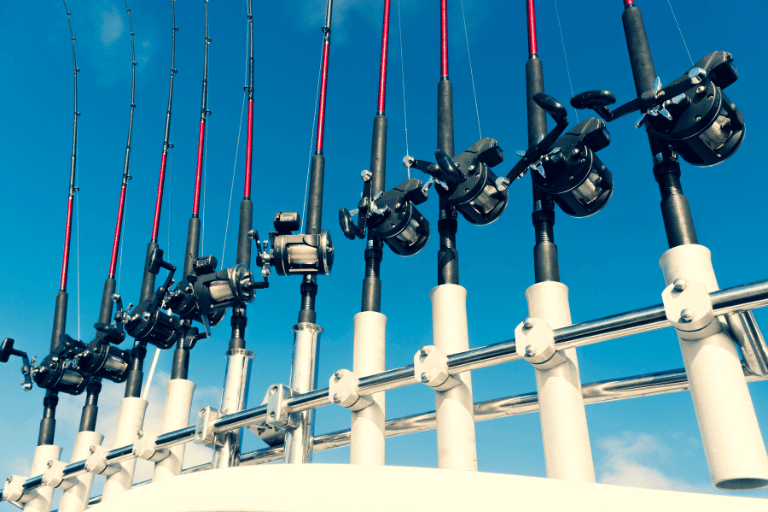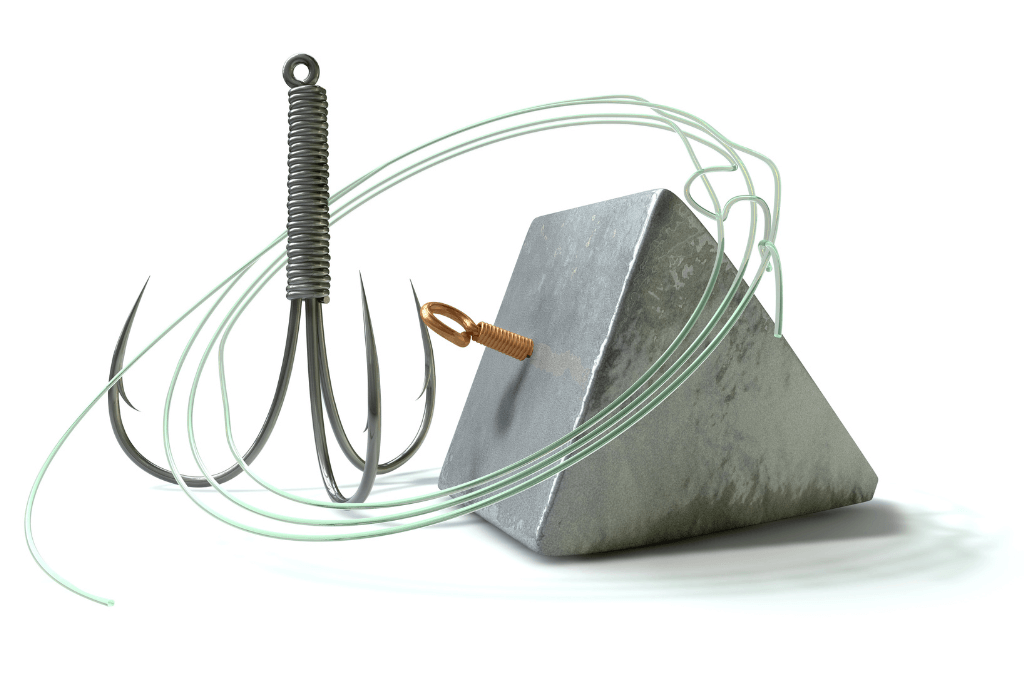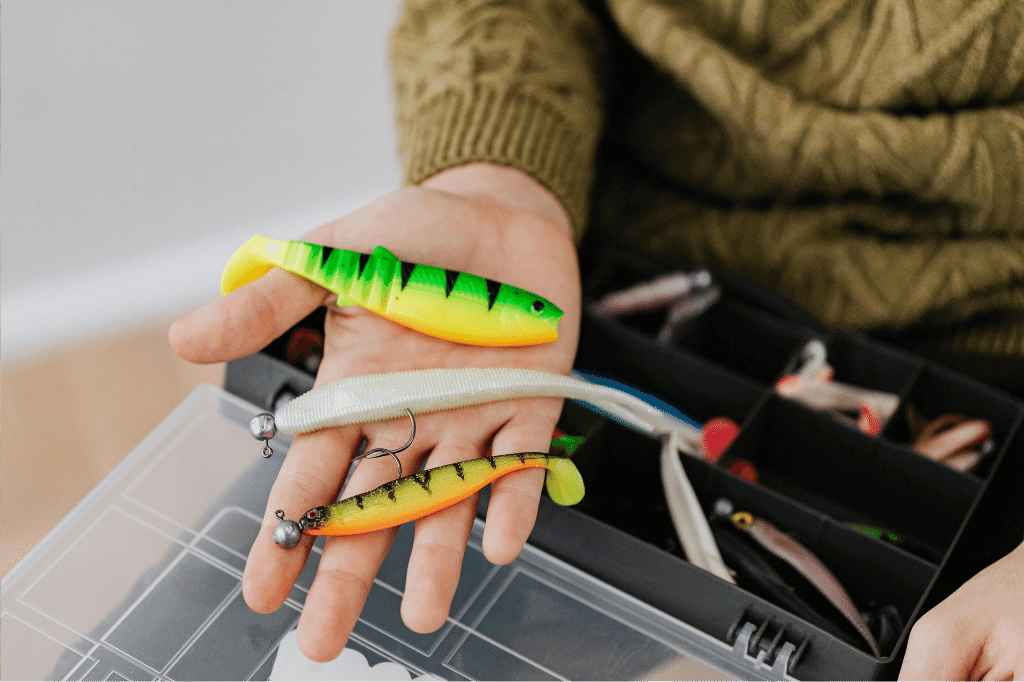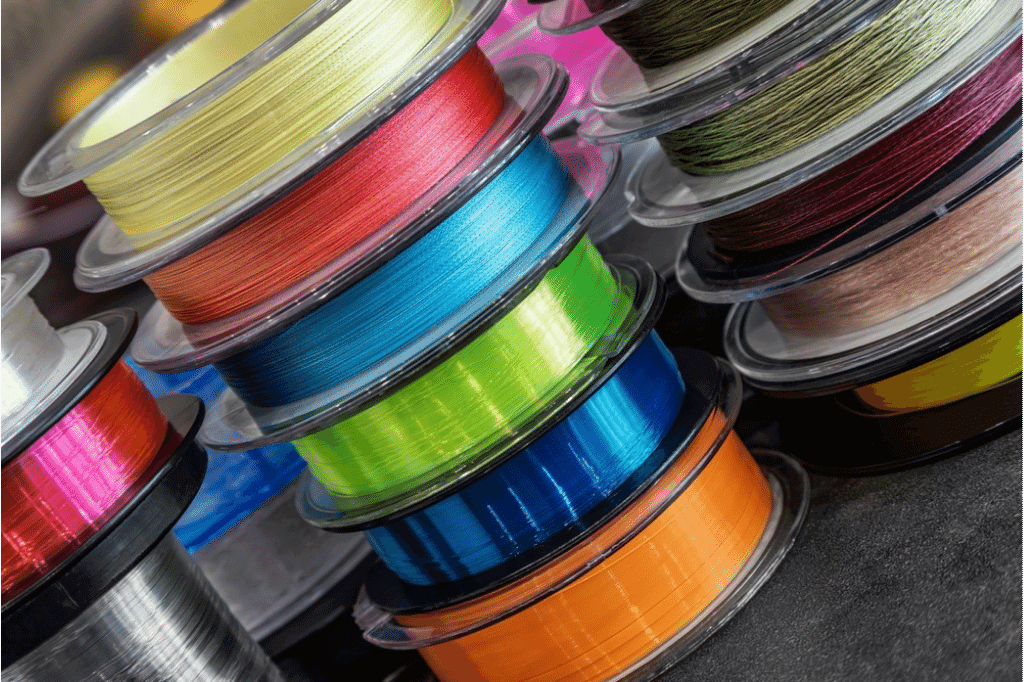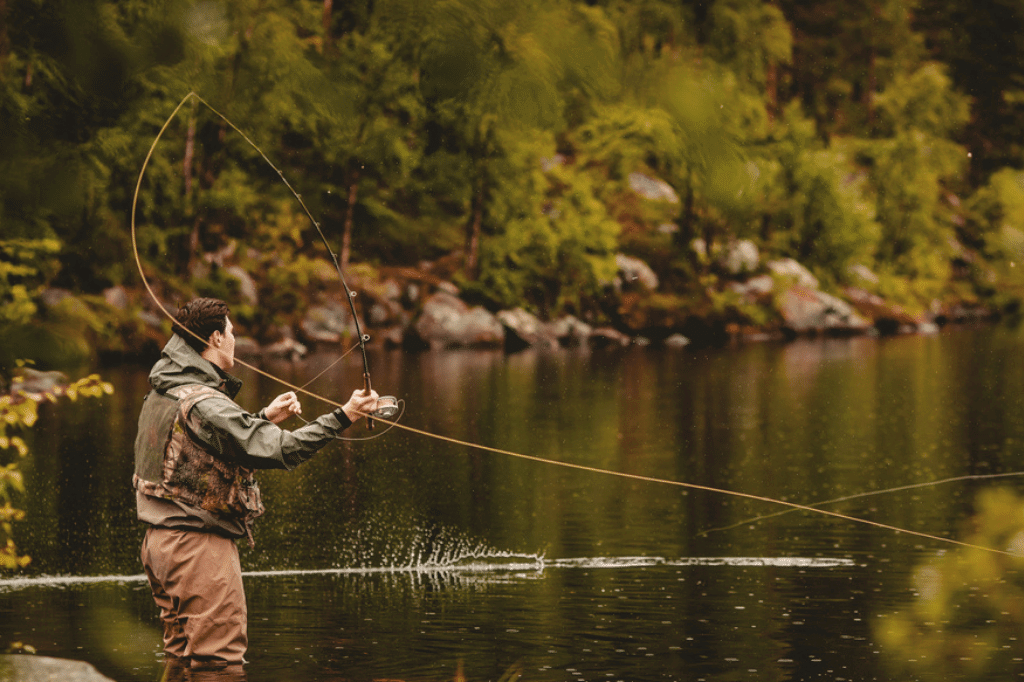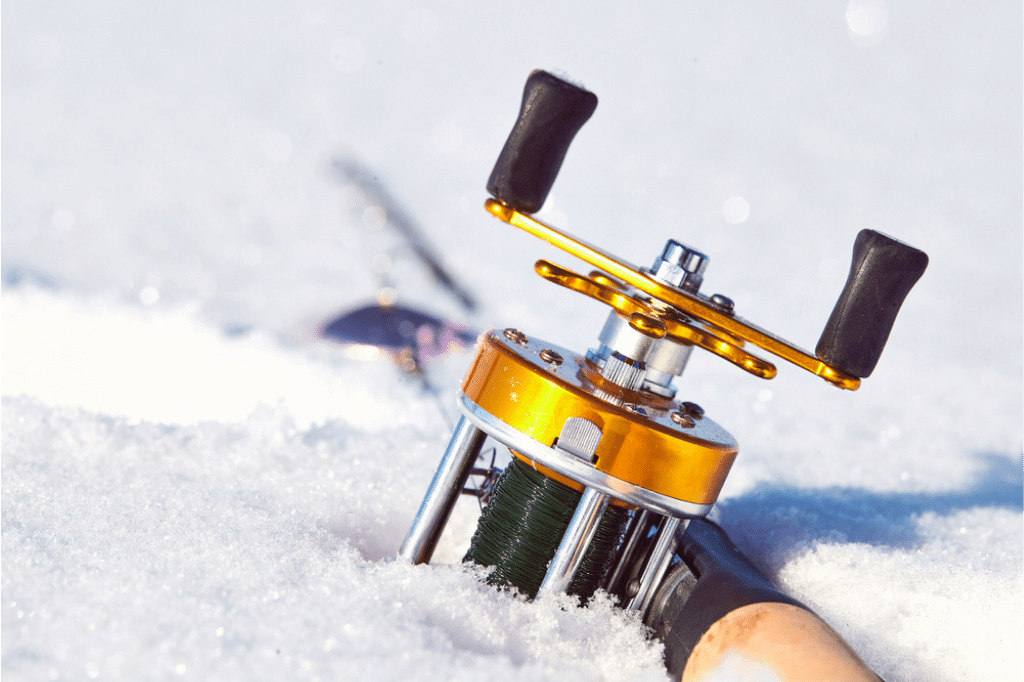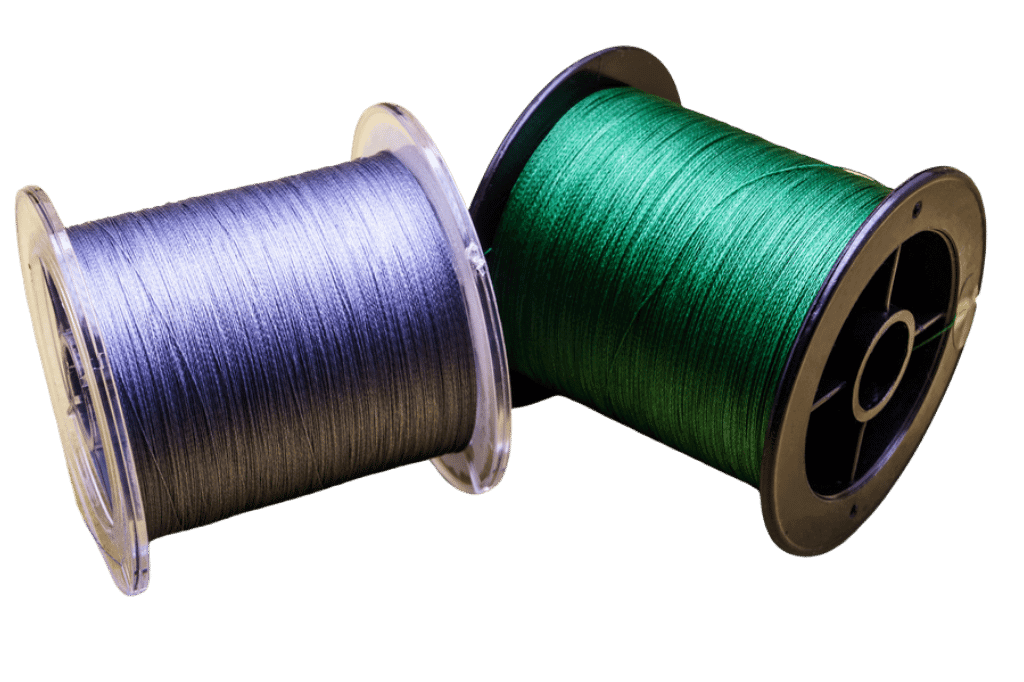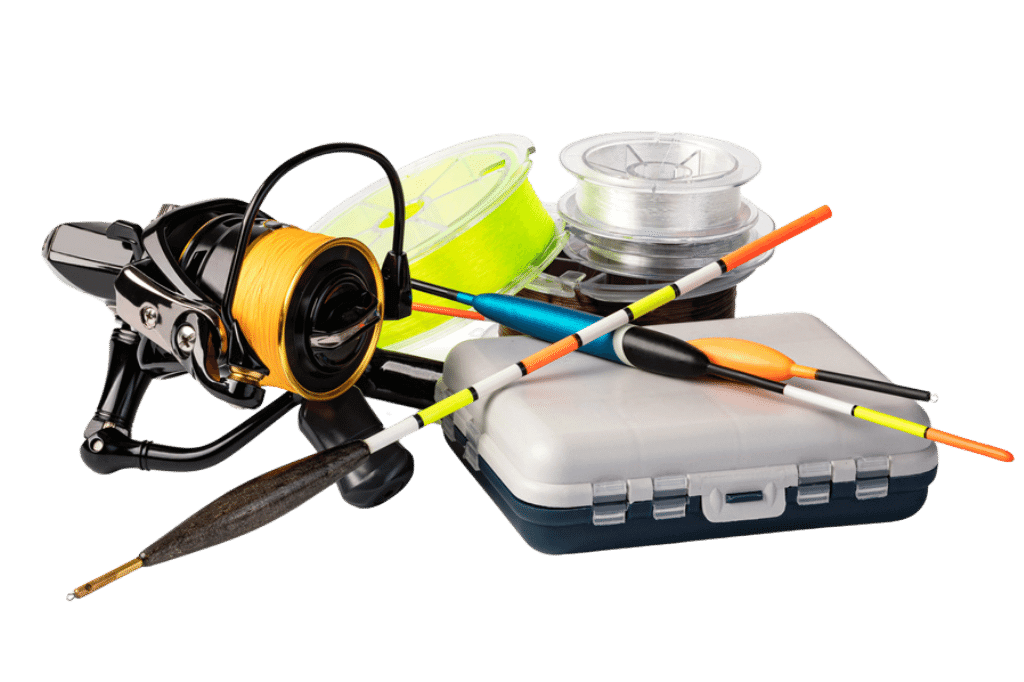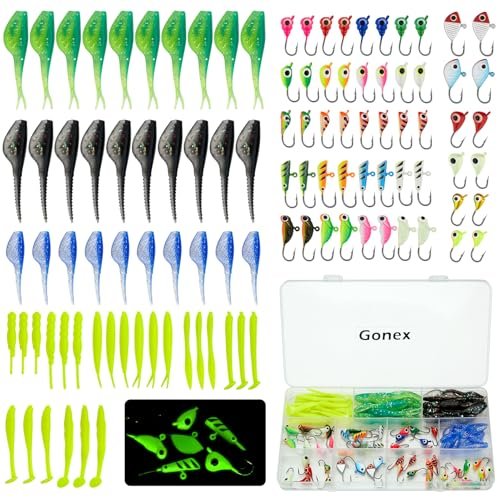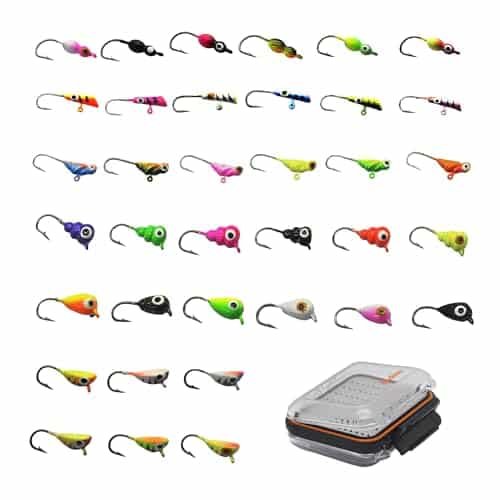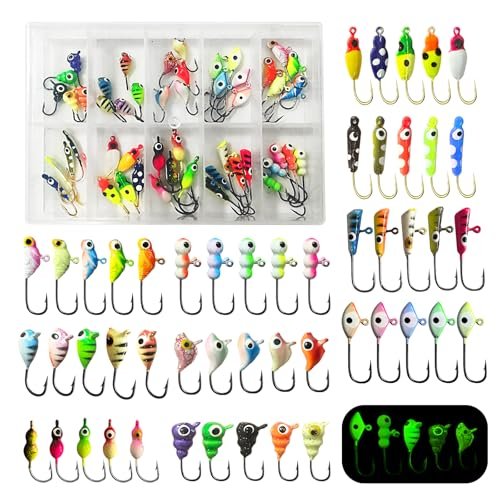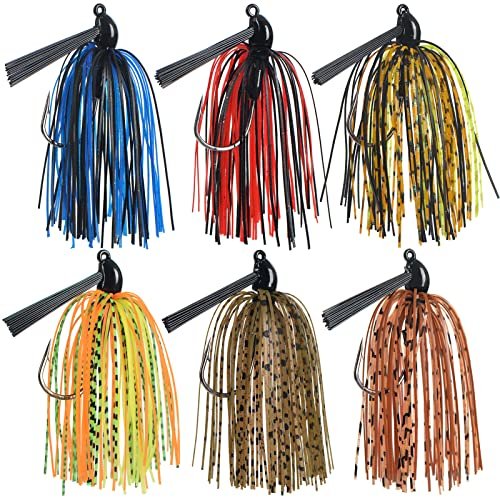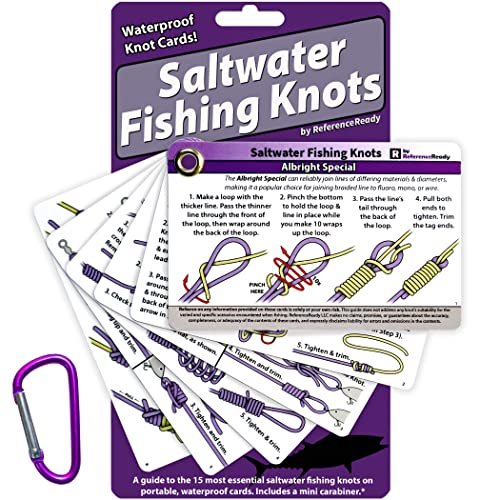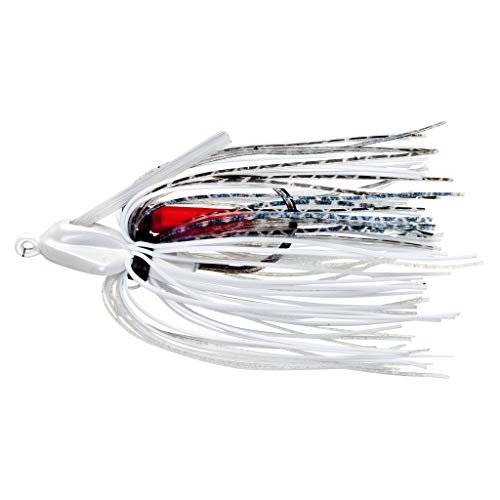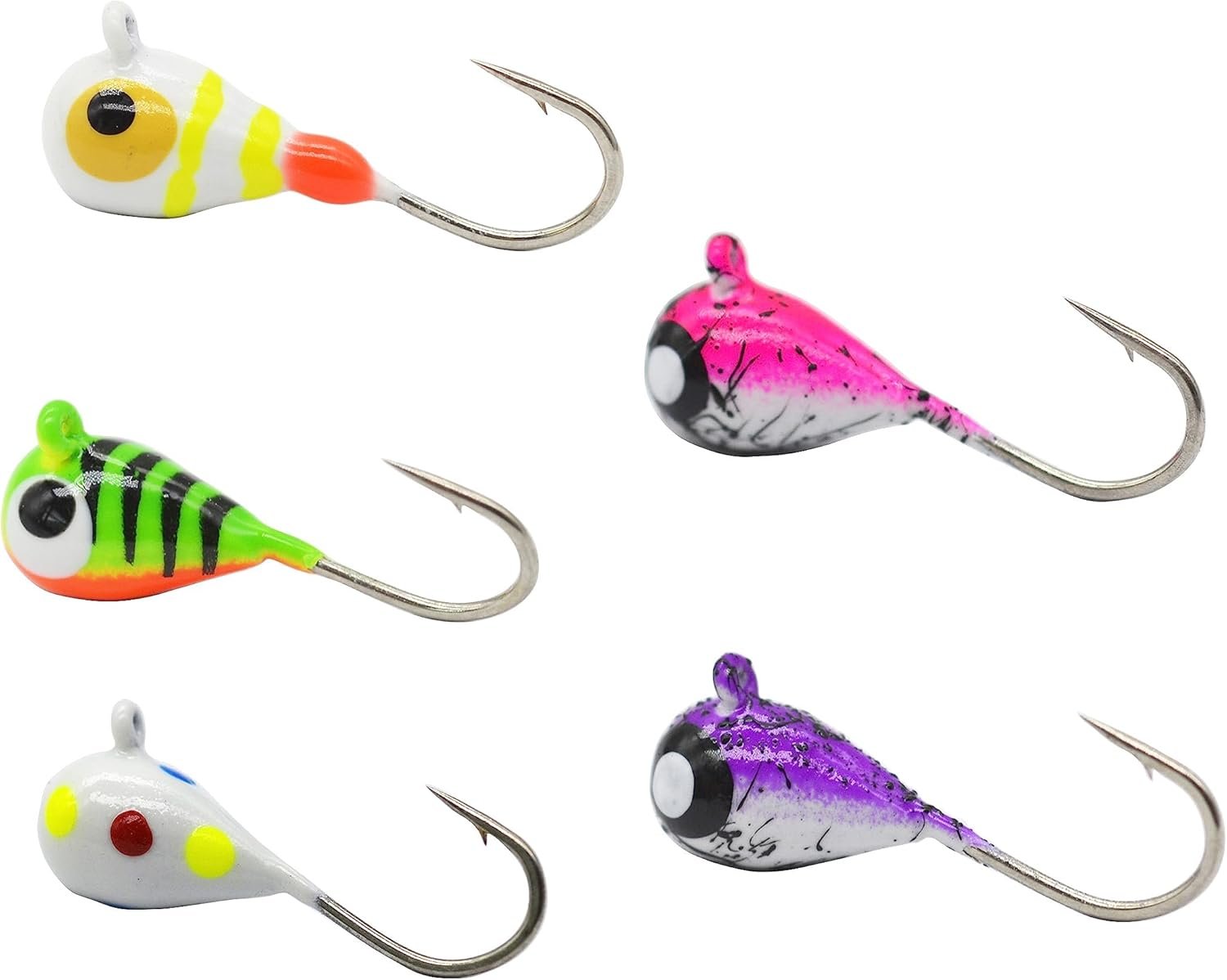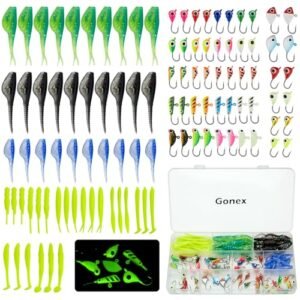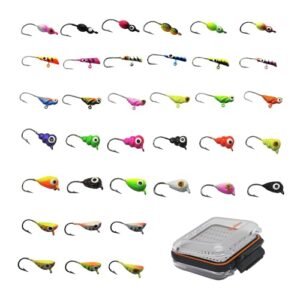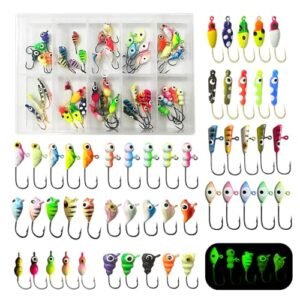As a fundamental piece of equipment for any fly fishing enthusiast, the right vest helps organize everything from flies and tackle to snacks and personal items. Opting for a vest that offers ample pockets and a comfortable fit can transform your fishing experience, allowing for seamless access to your gear without adding bulk.
Many vests also feature durable materials and adjustable straps, ensuring they can endure the rigors of outdoor use while catering to a range of body types. Essential for both beginners and seasoned fishermen, a quality fly fishing vest is the trusty companion that supports an efficient and enjoyable day on the water.
Packing For Success: Fly Fishing Vest Gear
Essential Items To Carry
Carrying the right items could mean the difference between a good catch and a great one. Start with the basics:- Flies: A variety of sizes and types matching the local hatch.
- Tippets and leaders: Stock multiple lengths and strengths.
- Line nippers and forceps: Always at hand for swift action.
- Floatant and sinkers: To keep flies at the perfect depth.
| Item | Use |
|---|---|
| Sunscreen | Protection against UV rays |
| Water bottle | Hydration throughout the day |
| First-aid kit | For minor injuries |
Avoiding Overpacking: Balancing Utility And Weight
Maintaining mobility is crucial. Your vest should carry essentials without weighing you down.- Assess the day’s needs: Pack based on weather and duration.
- Vest pockets: Use them wisely to distribute weight evenly.
- Regularly review: Remove items that see no use.
Navigating The Pockets: Vest Organization
Strategic Placement For Easy Access
Knowing where everything is can be the difference between catching a fish and telling a story. Start by assigning a spot for your most-used items. Think about your fishing process. Make sure you can reach essential tools without looking.- Top left pocket – Flies for quick changes.
- Chest loop – Hemostats for easy grabs.
- Lower right compartment – Leaders and tippets.
Dividing Gear By Use Frequency
Your less frequently used items should not get in the way. Sort your gear by how often you’ll reach for it. Reserve the back pockets for extras. Keep the front for the tools and tackle you use. This keeps your vest balanced and your movements smooth.| Front Pockets | Back Pockets |
|---|---|
|
|
On-the-water Essentials: Must-haves For Every Angler
Tools Of The Trade: Hemostats, Line Cutters, And More
Your fly fishing vest is your toolbox. Crucial tools must be at arm’s reach.- Hemostats to safely remove hooks.
- Line cutters for clean, swift line modifications.
- Nippers for trimming knots.
- Forceps for gripping small items.
- Retractors to keep tools accessible.
Fly Boxes: Variety And Selection
A fly box not only organizes your flies; it protects them too. Choose fly boxes based on the type of flies you carry:| Type of Fly | Box Type |
|---|---|
| Streamers | Larger compartments |
| Dry Flies | Foam inserts to prevent damage |
| Nymphs | Small slots for easy access |

Credit: www.amazon.com
Weather-ready Gear: Preparing For The Elements
Layering Clothing Beneath The Vest
Start with a base that keeps you dry. Moisture-wicking materials work best. Choose a light, breathable fabric for warm days. Add layers as temperatures drop. Consider a fleece or wool mid-layer for insulation. Your vest will fit over all layers comfortably, providing extra pockets without limiting movement.- Moisture-Wicking Base Layer: Keeps skin dry.
- Insulating Mid-Layer: Traps heat on cold days.
- Breathable Outer Layer: Protects without overheating.
Protective Items: Sunscreen, Hat, And Sunglasses
Protect your skin and eyes every time you head outdoors. A broad-spectrum sunscreen should be your staple item. A wide-brimmed hat shields your face and neck, while quality sunglasses protect against harmful UV rays. Keep these in your vest, so you’re never without protection.| Item | Purpose | Placement |
|---|---|---|
| Sunscreen | Prevents sunburns | Vest pocket |
| Wide-Brimmed Hat | Shields face and neck | Hook on vest or wear |
| Sunglasses | Blocks UV rays | Vest strap or face |
Hydration And Sustenance: Staying Energized
Water Bottles And Hydration Packs
Water bottles are fly fishing essentials. Choose insulated bottles to keep water cold. Look for bottles that fit well in your vest. Hydration packs are even better. They provide hands-free sipping through a tube. Many vests have special compartments. These fit hydration bladders comfortably.Snacks And Meals For Extended Trips
Energy bars, nuts, and fruit are perfect snacks. They fit well in your vest. Don’t forget to pack lunch if you’ll stay out all day.- Energy bars for quick fuel
- Nuts and seeds for lasting energy
- Dried fruit for a sweet energy boost
- Sandwiches or wraps for hearty meals
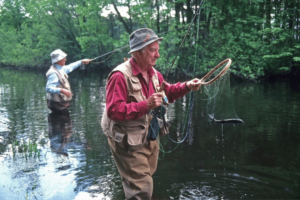
Safety First: Health And Emergency Preparations
First Aid Basics In Your Vest
When out on the water, minor injuries can happen. A first aid kit is a must in your fly-fishing vest. Ensure it includes:- Antiseptic wipes for cleaning wounds
- Adhesive bandages of various sizes
- Sterile gauze pads for larger injuries
- Medical tape to secure bandages
- Scissors to cut tape or clothing
- Tweezers for removing splinters or hooks
- Pain relievers like ibuprofen or acetaminophen
Emergency Signaling And Communication Tools
Getting lost or injured where cell phones don’t work means you need reliable tools to signal for help. Equip your vest with:| Tool | Use |
|---|---|
| Whistle | For audible signaling |
| Signal mirror | For visual distress signals |
| Waterproof flashlight | To signal at night |
| Personal locator beacon | For critical emergencies |
Personalizing Your Vest: Customizing For Comfort And Style
Adjusting Straps For Fit And Load Distribution
A proper fit is crucial for long days by the water. Adjustable straps help distribute weight evenly to avoid strain. Follow these steps:- Empty your vest completely before making adjustments.
- Loosen all straps and wear your vest, then gradually tighten each one until snug.
- Alternate between the shoulder and waist straps for an even fit.
- Test the vest by reloading your gear and moving around to ensure no discomfort.
Adding Non-essential Gadgets And Accessories
With fit secured, it’s time to consider gadgets and accessories. This is where personal style comes into play. Consider these fun add-ons:| Accessory | Function | Style Points |
|---|---|---|
| Clip-on LED Light | For late evening bites | High-tech edge |
| Retractable Zinger | Quick-access to tools | Functional flair |
| Custom Patch | Showcasing your brand | Personal touch |
Maintenance And Care: Keeping Your Vest In Top Shape
Cleaning Best Practices
Keeping your fly fishing vest clean is crucial for longevity. Dirt and moisture can harm the fabric and fasteners over time.- Empty: Remove all items from your vest.
- Rinse: Use cool water to wash off mud and dirt.
- Gentle Soap: Apply a mild detergent specifically for outdoor gear.
- Soft Brush: Scrub lightly on stubborn spots.
- Air Dry: Hang your vest in the shade, away from direct sunlight.
Regular Check-ups And Repairs
Wear and tear are normal, but avoid negligence. Regular inspections prevent bigger issues.- Inspect: Look for rips, tears, and loose threads.
- Test Zippers: Ensure all zippers and fasteners work smoothly.
- Repair Kit: Keep a small kit for on-the-go fixes.
- Professional Repair: For severe damage, consult a specialist.
Frequently Asked Questions
Why Do Fly Fishermen Wear Vests?
Fly fishermen wear vests to conveniently carry gear such as flies, tools, and tackle. Vests offer multiple pockets for easy access and organization while fishing.
Do I Need A Fly Fishing Vest?
A fly fishing vest isn’t essential but convenient for storing gear, lures, and tools while on the water, enhancing your fishing experience.
Can You Wear A Fishing Vest On A Plane?
Yes, you can wear a fishing vest on a plane. Ensure pockets are free of prohibited items before passing through airport security. Always check with the airline for specific carry-on guidelines.
How To Setup A Fly Fishing Vest?
Select a vest with ample pockets for gear storage. Distribute weight evenly, placing frequently used items within easy reach. Attach tools like nippers and forceps to retractable cords for accessibility. Ensure floatant and tippets are on chest pockets for quick access.
Conclusion
Embarking on a fly fishing adventure demands the right gear. A quality vest isn’t just an accessory—it’s essential. It keeps tools handy and can enhance your experience. Remember to consider comfort, durability, and storage when selecting yours. Equip yourself wisely, and the river awaits with open arms.

